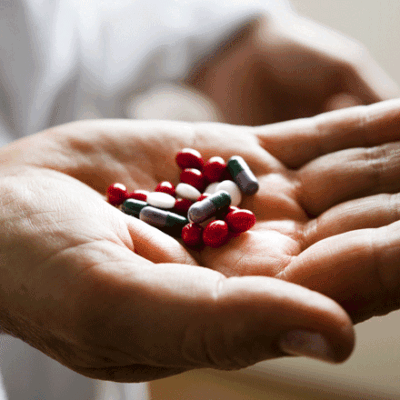Guidelines and Applications of Biosimilars
Guidelines and Applications of Biosimilars
Biosimilars are biological products that are highly similar to a reference biologic, also known as the originator or reference product. They are developed to have similar efficacy, safety, and quality as the reference product. The guidelines and applications of biosimilars involve regulatory frameworks, development, approval process, and post-approval considerations. Here’s an overview:
- Regulatory Guidelines:
- Regulatory authorities, such as the U.S. Food and Drug Administration (FDA) and the European Medicines Agency (EMA), have established specific guidelines for the development and approval of biosimilars.
- These guidelines outline the scientific principles and regulatory requirements for demonstrating the similarity, safety, and efficacy of a biosimilar to the reference product.
- The guidelines provide guidance on various aspects, including the choice of reference product, characterization of the biosimilar, comparative analytical studies, non-clinical and clinical studies, and extrapolation of indications.
- Development Process:
- Biosimilar development involves extensive analytical, non-clinical, and clinical studies to establish similarity and demonstrate safety and efficacy.
- Analytical Comparability: Extensive comparative physicochemical and functional characterization studies are conducted to demonstrate similarity between the biosimilar and the reference product.
- Non-Clinical Studies: Non-clinical studies assess the biosimilar’s toxicity, pharmacokinetics, and pharmacodynamics, comparing them to the reference product.
- Clinical Studies: Comparative clinical studies are conducted in patients to evaluate efficacy, safety, immunogenicity, and pharmacokinetics/pharmacodynamics (PK/PD) of the biosimilar compared to the reference product.
- Approval Process:
- The approval process for biosimilars involves a stepwise approach, starting with the submission of a regulatory application to the relevant regulatory authority.
- The regulatory authority reviews the data provided by the biosimilar developer to assess the similarity, safety, and efficacy of the biosimilar.
- The extent of clinical studies required may depend on factors such as the level of similarity demonstrated, the therapeutic indication, and the availability of relevant clinical data from the reference product.
- If the biosimilar meets the regulatory requirements and is deemed similar to the reference product, it may be approved for use.
- Post-Approval Considerations:
- Pharmacovigilance: Post-approval, biosimilar manufacturers are required to establish pharmacovigilance systems to monitor and report adverse events and product safety information.
- Switching and Interchangeability: Guidelines and regulations may address the topic of switching between a reference product and a biosimilar, as well as the interchangeability of biosimilars with the reference product or other biosimilars.
- Immunogenicity Monitoring: Ongoing monitoring of immunogenicity, including the development of antibodies against the biosimilar, is essential to ensure patient safety.
It’s important to note that specific guidelines and requirements for biosimilars may vary between regulatory authorities. Developers of biosimilars should closely follow the guidelines provided by the relevant regulatory authority and engage in regulatory consultations throughout the development and approval process to ensure compliance and successful market authorization of the biosimilar.
You may be interested in the programs below:

